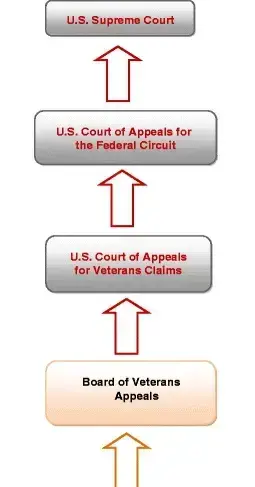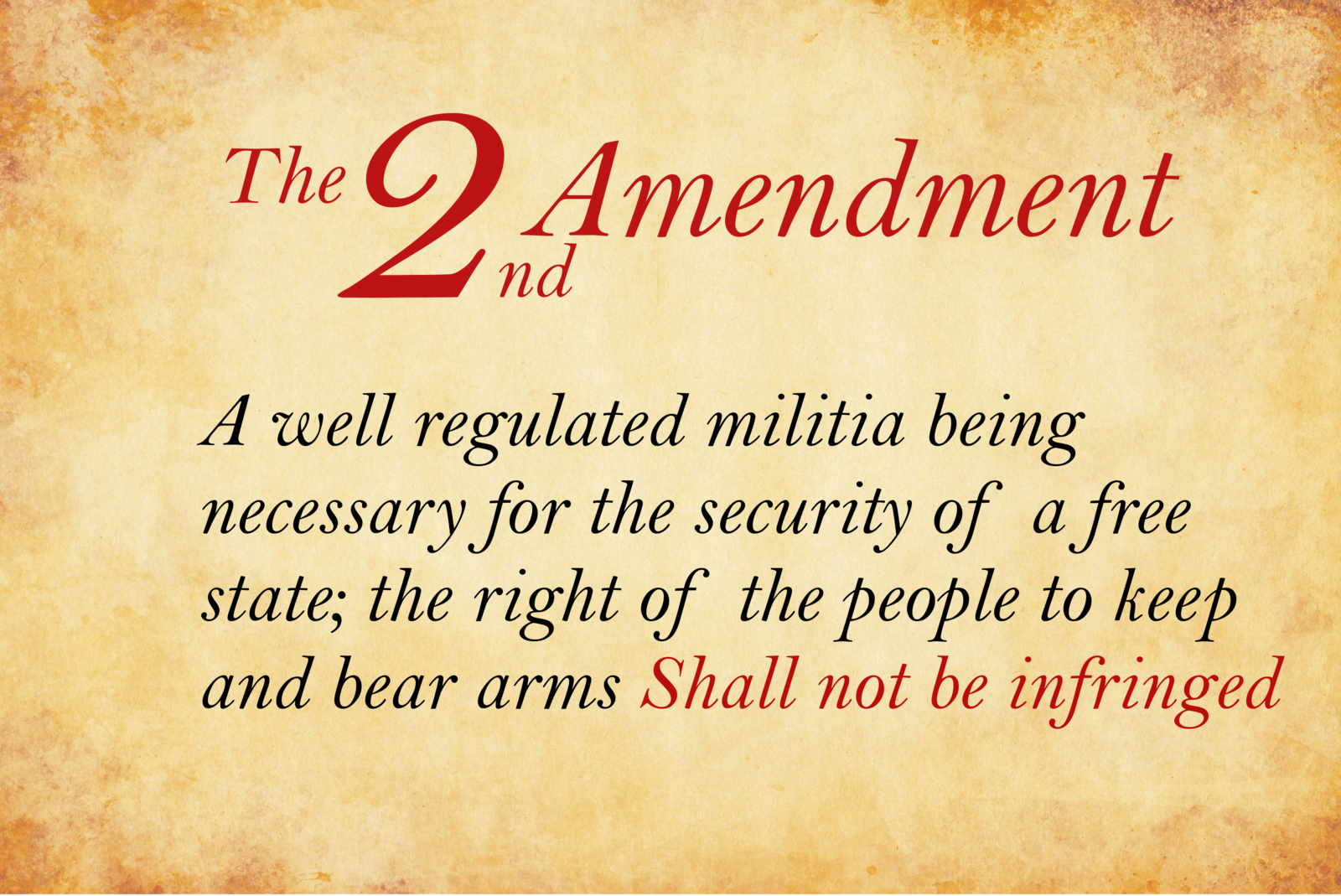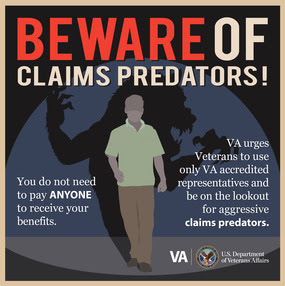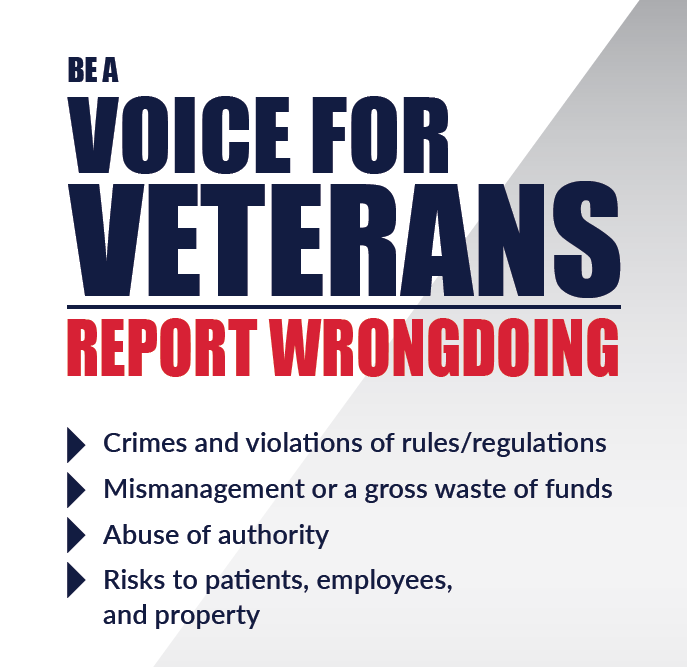NOVA v. Secretary of Veterans Affairs
[10 December 2020] NOVA v. Secretary of Veterans Affairs is an important veterans law case because for the first time the Federal Circuit decided—in an en banc unanimous decision—that federal courts can review provisions of the VA's M21-1 Adjudication Procedures Manual if such provisions constitute interpretative rules.1
PTSDexams.net is an educational site with no advertising and no affiliate links. Dr. Worthen conducts Independent Psychological Exams (IPE) with veterans, but that information is on his professional practice website.
A Victory for Veterans!
This is a big win for veterans.2
In brief, the NOVA v. Secretary of Veterans Affairs decision grants authority to federal courts to review "interpretative rules" promulgated in the VA's M21-1 Adjudication Procedures Manual.
What constitutes a "interpretative rule" gets a bit complicated, but heretofore the VA had been able to make changes to how they decide claims without first publishing the change in the Federal Register and considering feedback submitted by the public.
Now it won't be so easy. In other words, if VA wants to make a change to their policy and procedures that significantly affects veterans disability benefits claims, they will have to submit a formal Proposed Rule via the Federal Register and seriously consider public feedback.3
Congratulations to NOVA and their lead attorney, Roman Martinez of Latham & Watkins LLP, and to all the other organizations and their attorneys who filed amicus briefs. Bravo!
NOVA v. Secretary of Veterans Affairs: Excerpts
Below are excerpts from the Federal Circuit's opinion in NOVA v. Secretary of Veterans Affairs.
No Hiding Rules in the M21-1 Adjudication Procedures Manual
The government also concedes that whether an interpretive rule is actually published in the Federal Register does not dictate whether this court has jurisdiction, as “VA cannot insulate a rule from pre-enforcement review simply by placing it in the Manual”.4
Impacts Veteran Benefits Eligibility for an Entire Class of Veterans
Because we find that the Knee Joint Stability Rule falls within the “general applicability” language of section 552(a)(1)(D), we overrule our contrary holding in DAV. We start with the Supreme Court’s premise that “many [agency] manual instructions surely qualify as guidelines of general applicability.” Azar v. Allina Health Servs., 139 S. Ct. 1804, 1814 n.1 (2019).
The VA Manual provision governing knee joint stability is one of them. The Knee Joint Stability Rule governs benefits received under DC 5257, 38 C.F.R. § 4.71a.
The Manual provision announces VA’s adoption of an interpretive rule establishing a new metric for assessing knee instability claims. It limits VA staff discretion, and, as a practical matter, impacts veteran benefits eligibility for an entire class of veterans.
On its face, the Knee Stability Rule is an “interpretation of general applicability” because it governs all regional office adjudications of knee instability claims, affecting an open-ended category of veterans with knee instabilities. 5 U.S.C. § 552(a)(1).5
[line breaks inserted for online readability]
More About the Decision
The excellent FedCircuitBlog has the complete list of court filings (with links).
Read the Federal Circuit's 43-page opinion in NOVA v. Secretary of Veterans Affairs.
Read a very good, concise article about the decision on Law360 titled, Full Fed. Circ. Says Courts Can Review VA's Manual Rules.
And, for a more detailed legal analysis, see Opinion Summary - National Organization of Veterans Advocates, Inc. v. Secretary of Veterans Affairs on FedCircuitBlog.com
Background
I wrote the sections below in June 2020—they provide helpful information about the case that adds to what I wrote about the court's decision (above)
National Organization of Veterans Advocates, Inc. v. Secretary of Veterans Affairs
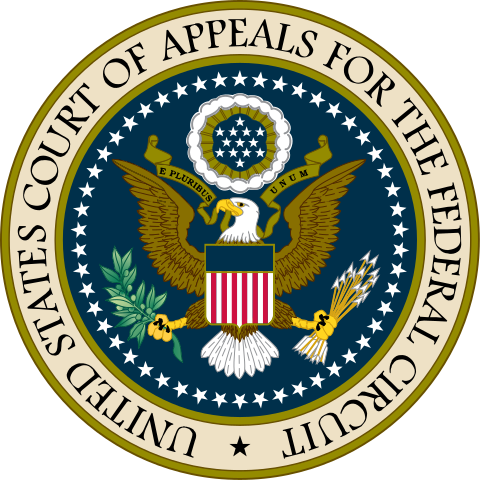
On 6 May 2020, the U.S. Court of Appeals for the Federal Circuit granted en banc6 review in National Organization of Veterans Advocates, Inc. v. Secretary of Veterans Affairs (No. 20-1321).
The National Organization of Veterans Advocates (NOVA) presented the Court with two questions, the first of which was:
“Whether this Court has jurisdiction under 38 U.S.C. § 502 to review a generally applicable interpretive rule that the Department of Veterans Affairs (VA) promulgates through its Adjudication Procedures Manual.”7
In their decision to grant en banc review, the Federal Circuit ordered the parties to submit briefs on two questions, one of which is very similar to the question posed by NOVA:
Whether this court has jurisdiction under 38 U.S.C. § 502 to review provisions of the Department of Veterans Affairs’ Adjudication Procedures Manual M21-1 that are binding on the agency’s initial adjudicators but not on the Board of Veterans’ Appeals, and whether this court should overrule Disabled American Veterans v. Secretary of Veterans Affairs, 859 F.3d 1072 (Fed. Cir. 2017).8
Why is NOVA v Secretary of Veterans Affairs Important?
NOVA v Secretary of Veterans Affairs is important because NOVA (and other veterans organizations) argue that VA often creates or changes rules that constitute "substantive rules of general applicability"8 and therefore should be published first as a proposed rule in the Federal Register, but are instead published in the M21-1 Adjudication Procedures Manual.
The M21-1 Adjudication Procedures Manual is public, i.e., it is published online, but additions or changes to the M21-1 Manual are not subject to a three-step process as is the case for rules published in the Federal Register:
(i) Proposed Rule published in the Federal Register;
(ii) Public comments invited for 60 days;
(iii) Final Rule published in the Federal Register with responses to public comments.
Publication in the Federal Register is required for "rules" that fall under 5 U.S.C. § 552(a)(1), but not 5 U.S.C. § 552(a)(2).
NOVA argues that many additions or changes to the VBA's M21-1 Adjudication Procedures Manual are actually "rules" as defined in Title 5 of the U.S. Code.
The Department of Veterans Affairs argues, among other points, that the M21-1 Manual falls under 5 U.S.C. § 552(a)(2)(C): "administrative staff manuals and instructions to staff that affect a member of the public …."
What is a Rule?
Then there are these definitions, in closely related sections of Title 5.
5 USC § 551(4) “rule” means the whole or a part of an agency statement of general or particular applicability and future effect designed to implement, interpret, or prescribe law or policy or describing the organization, procedure, or practice requirements of an agency and includes the approval or prescription for the future of rates, wages, corporate or financial structures or reorganizations thereof, prices, facilities, appliances, services or allowances therefor or of valuations, costs, or accounting, or practices bearing on any of the foregoing ....
5 USC § 551(5) “rule making” means agency process for formulating, amending, or repealing a rule ....
See also Rule making, 5 U.S.C. § 553
When you read these various definitions and the associated statutes (U.S. Code), it becomes clear—at least to this layman—that the statutes' definitions seem like they can be interpreted either way, i.e., in support of the agency (VA) or the plaintiffs (NOVA).
Wow. If you think attorneys who argue cases like this one—and the judges who must decide these knotty legal questions—have an easy job, think again!
Fed Circuit Blog (FedCircuitBlog.com)
Please see the excellent Fed Circuit Blog (FedCircuitBlog.com) for a more detailed summary and the procedural history of National Organization of Veterans Advocates, Inc. v. Secretary of Veterans Affairs (No. 20-1321).
Footnotes
1. National Organization of Veterans Advocates, Inc. v. Secretary of Veterans Affairs, No. 2020-1321 (Fed. Cir. Dec. 8, 2020).
2. I'm not an attorney, so please know that what I write here is a layman's summary of the decision.
3. See Oғғɪᴄᴇ ᴏғ Fᴇᴅᴇʀᴀʟ Rᴇɢɪsᴛᴇʀ, "What is the purpose of the proposed rule?", in A Gᴜɪᴅᴇ ᴛᴏ ᴛʜᴇ Rᴜʟᴇᴍᴀᴋɪɴɢ Pʀᴏᴄᴇss 4 (2011), https://www.federalregister.gov/uploads/2011/01/the_rulemaking_process.pdf
4. National Organization of Veterans Advocates, Inc. v. Secretary of Veterans Affairs, No. 2020-1321, slip op. at 19 (Fed. Cir. Dec. 8, 2020).
5. Id.
6. Oxғᴏʀᴅ Eɴɢʟɪsʜ Dɪᴄᴛɪᴏɴᴀʀʏ, 3rd ed. (2017), https://oed.com/view/Entry/56701627 ("en banc, adv. and adj., Law [chiefly U.S.]. A. adv. With all … of the judges of a court present; before or by the full bench. A sitting en banc is typically held by an appeal court in order to review decisions made by a panel of its members. Some courts [e.g. the Supreme Court of the United States] traditionally hear all cases referred to them en banc.").
7. Petition for Initial Hearing en Banc at 8, NOVA v. Sec'y of Veterans Affs., No. 20-1321 (Jan. 27, 2020).
8. NOVA v. Sec'y of Veterans Affs., petition for review pursuant to 38 U.S.C. Section 502, on petition for hearing en banc (No. 20-1321), Order, petition granted (Fed. Cir. May 6, 2020).
Subscribe to receive new articles and other updates
What Do You Think?
I value your feedback!
If you would like to comment, ask questions, or offer suggestions about this page, please feel free to do so. Of course, keep it clean and courteous.
You can leave an anonymous comment if you wish—just type a pseudonym in the "Name" field.
If you want to receive an email when someone replies to your comment, click the Google Sign-in icon on the lower right of the comment box to use Google Sign-in. (Your email remains private.)
↓ Please comment below! ↓

